About para-site-seeing!
Para-site-seeing is an online digital art-science project. It was conceived as a way to think about the perspectives of non-human life; in this case a single celled organism called Leishmania, the cause of a medically important set of diseases named leishmaniasis. The Wellcome Centre for Anti-Infectives Research at Dundee University together with NEoN were the instigators for this project funded by Wellcome Trust, they commissioned Rod Dillon and Jen Southern to produce a digital artwork about leishmaniasis.
The website is based on the idea of travel blogging. Each of the eight narratives is written as if it is a different form of travel writing, a blog, You Tube, Instagram or Twitter account. Rod Dillon and Jen Southern worked with scientists, writers, artists, students and imaging experts to try to imagine the world from the perspective of a microscopic parasite. Many of the images, texts and even the title were developed through this collaborative process.
BACKGROUND
Scientists have spent the past 100 or so years studying and growing Leishmania in the lab, they are able to freeze them for many years and revive them to live again. They are able to grow happily in liquid food, genetically manipulate them and there is now a huge online literature about Leishmania. Naturally all this information is from a human perspective, driven by the desire to reduce the disease and human misery caused by these parasites. Scientists at Dundee are striving to produce drugs that will effectively kill the Leishmania with minimal side effects to the human patient. But although the scientists lives are spent years trying to kill Leishmania, most scientists come to admire and even love the organism that they spend many years investigating.
Step back and think about these parasites for a moment. These parasites have been living for millennia inside animals and humans, being spread between animals via a sand fly. During the past 100 years Leishmania have had a staggeringly different, new life in the lab and recently online, totally in contrast to the past millennia. The parasites have moved from “in vivo” (inside animals) to “in vitro” (in test tubes) and “in silico” (digital computer simulation).
It is undisputed that Leishmania cause a lot of human and animal suffering and it is assumed without question, that Leishmania are a ‘bad thing’. We are sometimes asked to put ourselves in other people’s shoes. As artists and scientists we are inviting you to think about life for a moment from a unique, and a little playful, Leishmania perspective. Put yourself in Leishmania’s shoes.
This is not an educational project where you will learn about this so-called neglected tropical disease called leishmaniasis. But if we whet your appetite to want to know more; the World Health Organisation site is a good starting point. The parasites are carried between their victims inside the gut of the tiny (2mm long) phlebotomine sand fly. As the fly feeds on the hosts blood, the parasite is carried into the fly gut where it multiplies as the blood is digested, then the parasites wait in the gut for a few days until the fly finds another animal or human for its next blood meal. As it feeds again, many of the parasites find their way out of the mouth of the fly into the wound created during the meal. The parasites then seek certain types of blood cell, attach and invade them where they lose their long flagella and live inside the cells.
Leishmania have been quietly moving around our planet before and during human history. They exploit human conflict such as civil war, taking advantage of reduction in good sanitation where the sand flies are able to breed more effectively. Our European colonial histories are also intertwined with the unseen movement of Leishmania across continents.
In these blogs we attempt to give a flavour of some of the complexity of our relationship with these parasites and their own history. You will see life down the microscope as Leishmania, read stories of existence among the dinosaurs, crossing oceans with conquistadors and boarding Victorian trains in India. We are a multi- species world living in critical times where the human species is failing to notice the massive loss and extinction of other species, is there value in considering the non-human perspective – even that of a deadly parasite?
Para-site-seeing, is an artwork by Jen Southern & Rod Dillon. Commissioned by WCAIR and Neon in 2018/19.
The work was made in close collaboration with lots of people that produced elements of the work.
Thanks to everyone who contributed:
Elektra Dominica sand fly in resin Imaging: Alan Prescott (Dundee Imaging Facility)
Leishmania.we & LdBOB: Written by Rod Dillon & Yasmine Kumordzi
Freezr_Cat3 laboratory videos: Lesley-Ann Pearson, Lorna MacLean, Jen Southern
Sand_flyer videos: Rod Dillon (Lancaster University)
Unleished Newspaper and passport stamps drawings: Leonie Robertshaw
Unleished newspaper articles: Jen Southern & Rod Dillon (Lancaster University)
Sand fly Scanning Electron Microscope Images: Alan Prescott (Dundee Imaging Facility)
Ghosthorde text: Kevin Read (WCAIR) & written by Stuart Nolan
Logo Design: Sophie Nolan
Additional thanks to:
Rebecca Barker, Paul Bates, Michelle Catunda, Sarah Cook, Viv Dillon, Alan Fairlamb, Cicely Farrer, Mike Ferguson, Ali Floyd, Donna Holford-Lovell, David Horn, Sujatha Manthri, Christy Paterson, Lalitha Sastry, Monica Staniek, Nina Svensen, John Thomas, Holly Yeoman.
